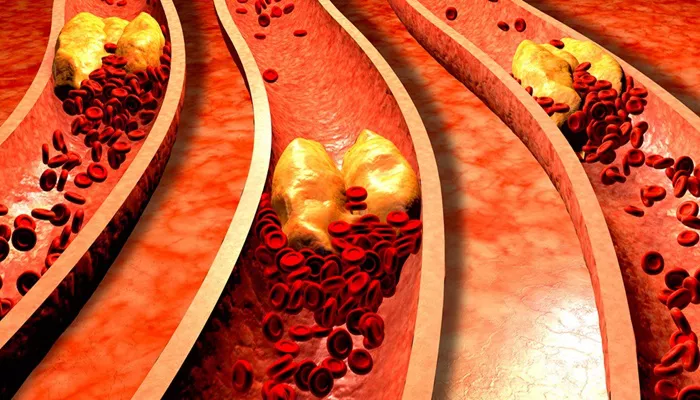A recent study published in the International Journal of Impotence Research has revealed a significant connection between the atherogenic index of plasma (AIP) and erectile dysfunction (ED). The AIP, which is the ratio of triglycerides to HDL cholesterol, is a predictor of coronary artery disease severity. This study utilized data from the National Health and Nutrition Examination Survey (NHANES) to explore this relationship.
Study Overview
The research team analyzed data from NHANES, which assesses the health of the U.S. population through interviews, laboratory tests, and physical exams. Participants in the study provided informed consent.
The analysis focused on two NHANES cycles from 2001-2002 and 2003-2004, which included data on both ED and AIP.
Participants over the age of 70 were excluded due to a higher prevalence of other health issues that could affect the results.
Additionally, individuals with missing data on AIP or ED, as well as those lacking information on important factors like poverty income ratio (PIR), body mass index (BMI), and hypertension, were also removed from the study.
To assess erectile function, participants reported their ability to achieve and maintain an erection, with responses categorized as “never,” “usually,” “sometimes,” or “almost always.” Those who answered “sometimes” or “never” were classified as having ED. The AIP was calculated using the formula log10 (triglycerides/HDL cholesterol). The study also considered various factors, including age, BMI, blood glucose levels, PIR, ethnicity, cholesterol levels, marital status, diabetes, hypertension, education, cardiovascular disease (CVD), alcohol intake, high blood fat levels, and smoking status.
Statistical analysis was performed using R software, applying sample weights to reflect NHANES’ complex survey design.
The researchers used linear regression for continuous variables, chi-square tests for categorical variables, and multivariate logistic regression to evaluate the relationship between AIP and ED.
Key Findings
The study found that the AIP was significantly higher in participants with ED (0.21 ± 0.02) compared to those without ED (0.08 ± 0.01), with a strong statistical difference (P < 0.0001). Individuals with ED also had higher levels of age, BMI, fasting blood glucose, triglycerides, alcohol use, diabetes, CVD, smoking, and hypertension. Conversely, their levels of HDL cholesterol, education, and PIR were lower. A greater proportion of ED patients were married or living with a partner.
The results indicated that AIP could serve as a potential biomarker for predicting ED risk. The association between AIP and ED remained statistically significant even after adjusting for various factors, including age, race, education, and marital status. When AIP was divided into tertiles, a clear increase in the odds of developing ED was observed across the groups, confirming the link between higher AIP levels and increased ED risk.
Sensitivity analyses reinforced these findings, showing that the relationship between AIP and ED was consistent even when using stricter criteria for defining ED. A generalized additive model further demonstrated a positive, linear relationship between AIP and ED.
Subgroup analyses revealed that the risk of ED was particularly pronounced among individuals over 50 years old, non-Hispanic whites, those with cardiovascular disease, and individuals with lower or moderate BMI. These findings highlight the importance of considering specific population characteristics when assessing the risk of ED associated with AIP. No significant interactions were found across the analyzed subgroups.
Even when applying a stricter definition of ED, the association between AIP and ED remained strong, confirming the robustness of the initial findings. The positive linear relationship between AIP and severe ED persisted in these analyses, emphasizing the link between AIP and ED, especially in specific populations.
Conclusion
The study underscores the potential of the atherogenic index of plasma as a significant marker for erectile dysfunction risk.
By identifying higher AIP levels in individuals with ED, the research highlights the importance of monitoring cardiovascular health in patients experiencing erectile issues. This connection suggests that addressing cardiovascular risk factors may also help in managing erectile dysfunction, opening new avenues for treatment and prevention strategies.

